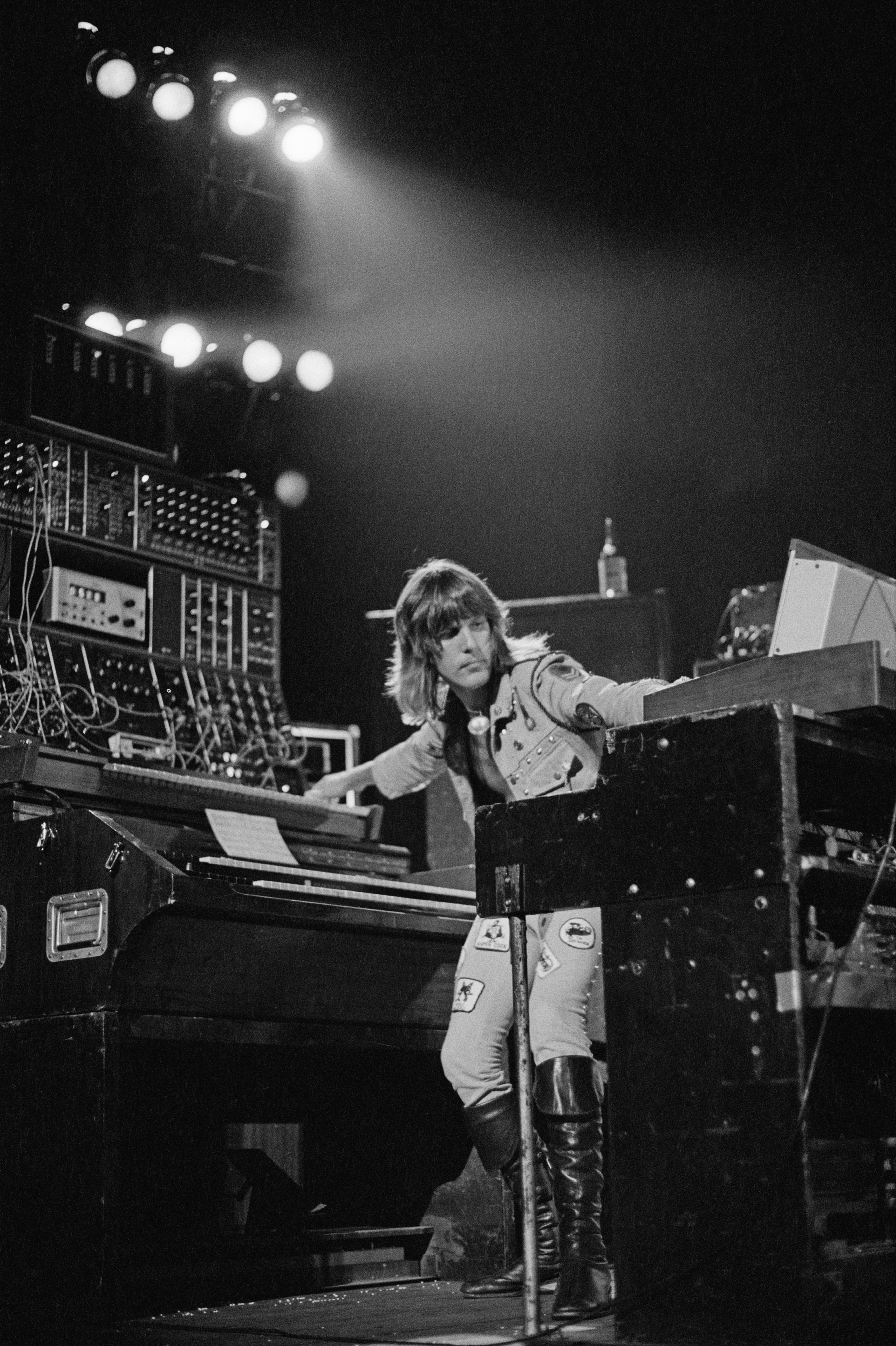
On November 2nd, ELP keyboarder Keith Emerson would have celebrated his 75th birthday. For many progrock fans, the Brit, who put an end to his life on 11 March 2016, is regarded as the most brilliant representative of his guild in terms of playing technique. But Emerson also set standards in other areas: as a top-class showman, as a groundbreaking composer and as an ingenious mediator between classical music and rock. Critics liked to accuse him of gigantomania, while his artistic achievements were swept under the carpet. Therefore, it is time to pay tribute to the merits of this great musician once again
"I don't care who I play for - as long as he has fun listening," Keith Emerson once said. This quote reflects a self-conception that was at the forefront of all his musical undertakings (The Nice, ELP, solo projects). The fact that he had already been involved with various styles (jazz, classical, boogie woogie, rock 'n' roll and country) at an early age came to him after intermezzi with Gary Farr & The T-Bones, The V.I.P.'s and P.P. Arnold soon benefits: Emerson already proved his talent as an innovator in the field of tension between classical music and rock during The Nice (1967-70) by reworking compositions by Johann Sebastian Bach, Jean Sibelius and Peter Iljitsch Tschaikowski. He also flirted with classical music at ELP: he picked up pieces by Béla Bartók, Aaron Copland, Alberto Ginastera and Modest Mussorgski and aroused the interest of millions of people to discover the originals.
Emerson also kept his finger on the pulse of the times with his instruments: from 1970 he contributed to the popularization of the Moog synthesizer, which he commemorated in the ELP hit "Lucky Man" and which he also used live despite its unhandiness. He also used the 3-manual polyphonic Yamaha GX-1 synthesizer in the mid-1970s, and around 1980 began a long-standing collaboration with the Japanese company Korg, which was happy to obtain Emerson's feedback when developing new instruments.


